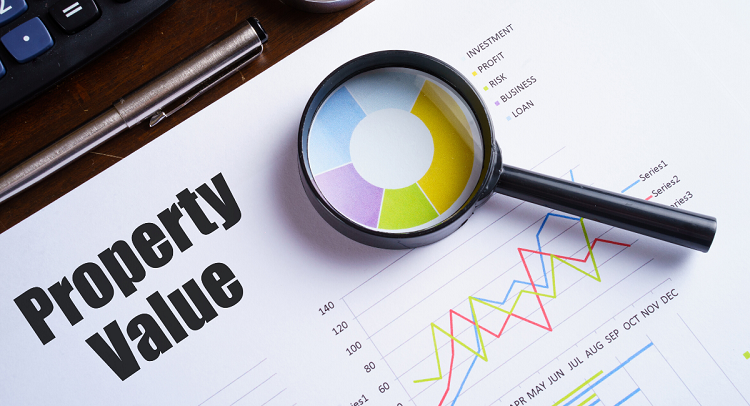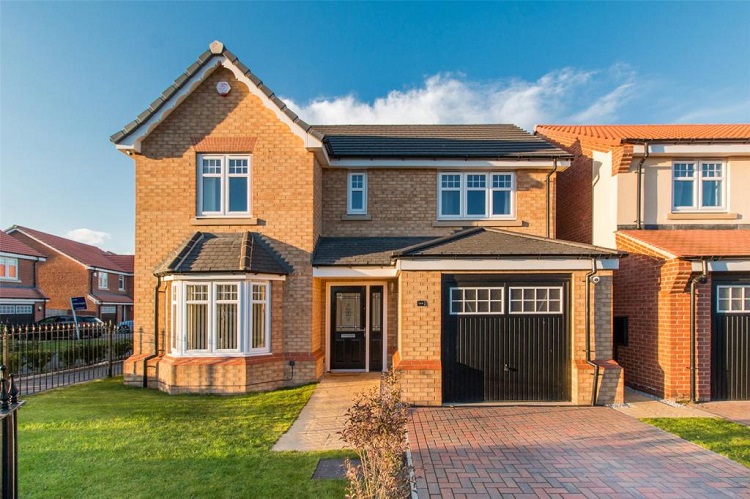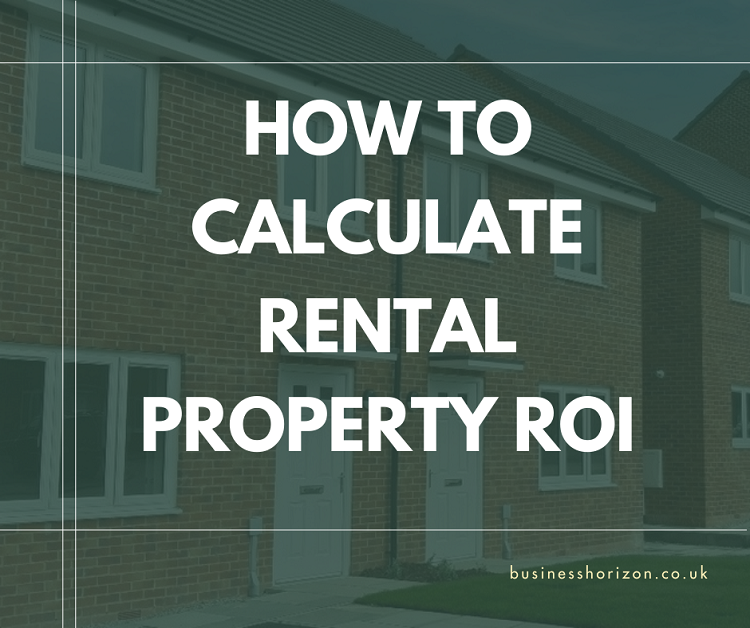If you’ve ever looked into buying or selling a commercial building, you’ve probably wondered how the actual value gets worked out. You’re not alone, commercial property valuation can feel like a bit of a mystery at first. But once you know what surveyors are looking at and the methods they use, it all starts to make sense.
So, what’s a commercial property valuation anyway?
At its core, a commercial property valuation is an assessment of how much a commercial building or land is worth at a particular time. It might be for a sale, a loan, tax purposes, lease negotiations or even insurance. But regardless of the reason, the idea is to get an accurate, fair estimate based on real-world data.
And no, it’s not just a guess. There’s a whole process behind it.
Who does the valuing?
Typically, it’s a RICS-registered surveyor (that’s the Royal Institution of Chartered Surveyors) who handles this. They follow strict standards and guidelines to make sure valuations are done fairly and consistently. These folks know the market inside out and bring a whole lot of experience to the table.
Step-by-step: How the process actually works
Alright, here’s what usually happens in a typical valuation process.
1. Understanding the purpose
First off, the surveyor needs to know why the valuation’s needed. A valuation for a bank loan might focus on different factors compared to one done for rent reviews or capital gains tax. This step shapes everything that follows.
2. Initial inspection
This is when the surveyor actually visits the property. They’ll take a look around and assess all sorts of things: size, layout, condition, accessibility, and facilities. They’ll also look at location specifics, like nearby transport links, footfall (if it’s retail), or proximity to other businesses.
3. Gathering comparable data
The next thing they do is look at similar properties that have recently been sold or rented in the area. This gives a kind of real-life benchmark to compare against. Say a nearby office block sold for £1.2 million last month, well, that’s a pretty strong indicator of what the market’s doing.
But it’s not just about location. Things like lease terms, tenant quality, and yield expectations all play into it.
4. Choosing the valuation method
There are a few different methods used in commercial property valuation. The choice depends on the type of property and the reason for the valuation. Here are the big ones.
a. The Income Approach
This one’s probably the most common for commercial property. It looks at the income the property is likely to generate, usually through rent, and then calculates what that income stream is worth today.
It uses something called the “capitalisation rate” (or yield) to work out the present value. Sounds technical, but it’s basically the return an investor expects to get.
Say a property brings in £100,000 a year in rent and the yield is 7%. That puts the valuation at around £1.43 million. Simple maths, big consequences.
b. The Comparable Method
This is where those similar properties come in. If you’ve got three similar shops on the high street that sold for around £300,000, that gives a ballpark figure for the one you’re looking at, adjusted for condition, location quirks, or lease differences.
c. The Cost Approach
Used less often, but still handy, especially for specialised properties. Here, the surveyor works out how much it would cost to rebuild the property from scratch and adjusts that based on wear and tear or obsolescence.
d. Residual Method
This one’s typically for development sites. It looks at what the finished project will be worth, subtracts the cost of building it and adds a profit margin to work back to what the site’s worth today.
Not simple. But very useful for landowners and developers.
Key factors that affect value
No surprise here, value isn’t just about square footage. A whole mix of things come into play. Here are a few:
- Location. It’s the classic line, and it still holds. A café in a buzzing high street is worth more than the same space tucked down a quiet side alley.
- Condition. A recently renovated building often commands a better price, unless the buyer’s specifically looking for a project.
- Lease terms. Long, secure leases with reliable tenants make a property more attractive, and more valuable, to investors.
- Market trends. Commercial property markets move like any other. Demand, interest rates, and economic outlook all have an impact.
- Zoning and planning permissions. If there’s potential to expand or convert the property, that can boost value too.
Valuation isn’t always set in stone
Here’s something worth remembering. Valuations are based on the current market and available data. That means they can change. Fast. What was true six months ago might not hold today.
Also, two valuers might come to slightly different figures, especially in more niche or unusual properties. That’s why it’s common to get a second opinion, especially if there’s big money involved.



